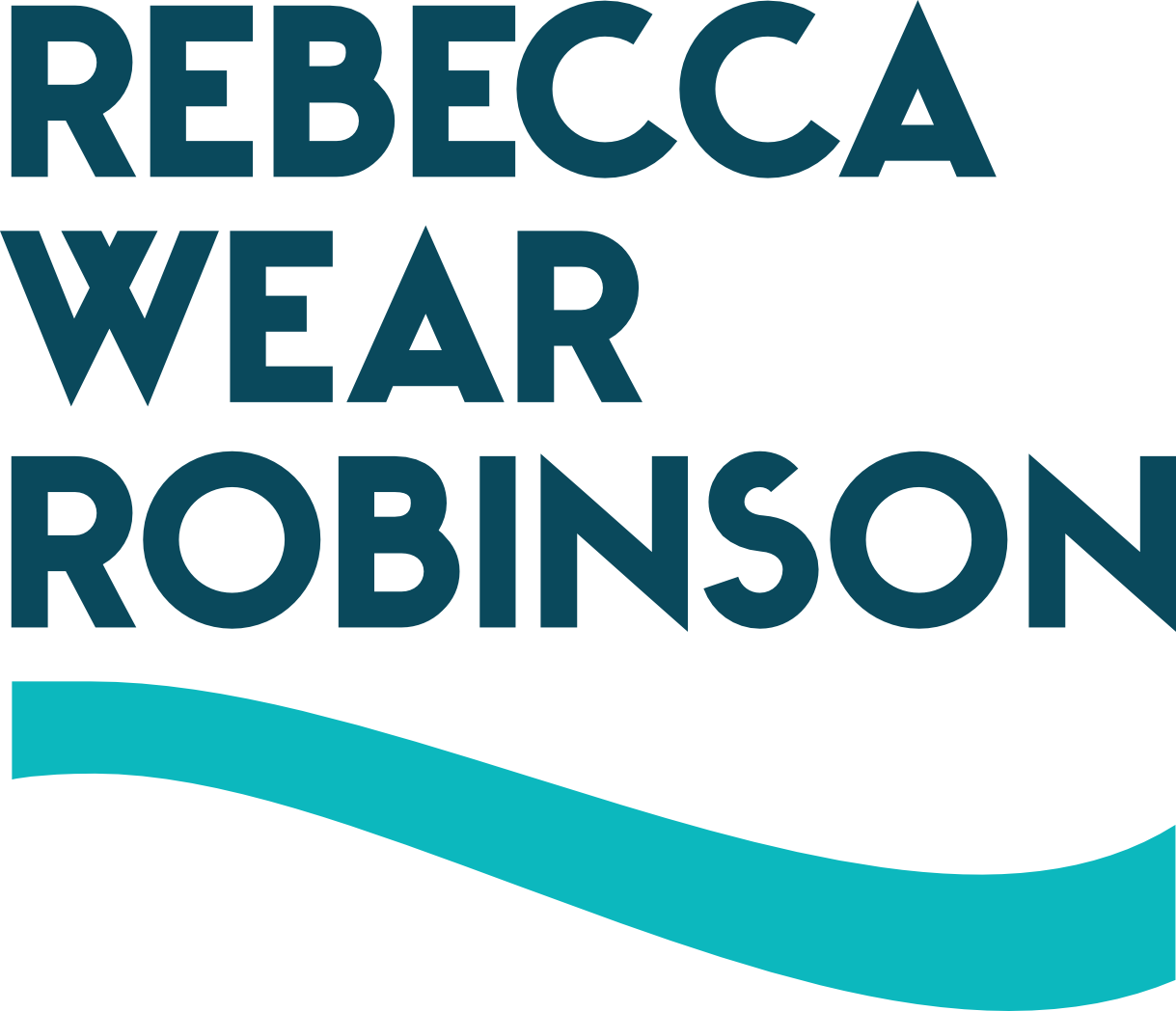Positive Feedback
If you want change to stick, stick with positive feedback.
I’m working on a big project which will involve reviewing over a hundred recommendations. As the team began to test our review checklist, we defaulted to critical. We identified what needed to be changed, what was missing, what was lacking. It’s a normal reaction, especially when your primary role is identifying the holes and faults to create a better outcome. We often focus on what is wrong, and give feedback based on what is wrong. The problem is, our brain tends not to hear the ‘don’t’, it just hears the directives in the rest of the sentence, and keep repeating the negative behavior.
Positive feedback is more likely to result in positive change.
There is research showing that if you say to a child ‘keep the milk in the cup’, rather than ‘don’t spill the milk’, the child is far more likely to keep the milk in the cup (not spill). Our brain is wired to act upon directives.
‘Don’t spill the milk’ becomes ‘spill the milk’
‘Don’t trip’ becomes ‘trip’
‘Don’t forget to turn off the iron’ becomes ‘forget to turn off the iron’.
I can hear your skepticism from here. I agree, saying ‘keep the milk in the cup’ feels totally unnatural. My eyebrows shot up when I read that in a parenting book years ago. But I tried it. I’ve been experimenting with leading with positive feedback rather than negative, critical, and punitive feedback, and in my research study of one, I can confirm that there is a difference in the resulting behavior change.
After all, if you really want someone to act urgently, you use short, directive, action words. RUN! DUCK! HIDE!
Focusing on the positive doesn’t mean we revert to ‘everyone gets a trophy’ and ‘no one loses’. Instead, focusing on identifying and encouraging the positive action we want to see first, and then identifying the negative or incorrect as examples, you are more likely to see the positive behavior repeated, eventually over-riding the negative.
Recognizing this, we shifted our approach in evaluating recommendations and had the first section reflect what was done well. Our initial feedback will inform how dozens of other recommendations are drafted. Far better to say ‘this approach worked really well’ and give the teams direction about what they need to do to create solid recommendations, then to constantly pick and criticize and leave them guessing about the right answer, which would lead to frustration and a weaker plan. After identifying in clear, specific, and concise language what was done well, we moved on to areas which could use improvement, or did not meet standards. A thorough job, but a switch in priorities.
Think about how often you default to the negative instead of the positive as first feedback. Chances are it’s more than you think. But if you really want people to change their behavior, leading with what they are already doing right will give you much faster results.

